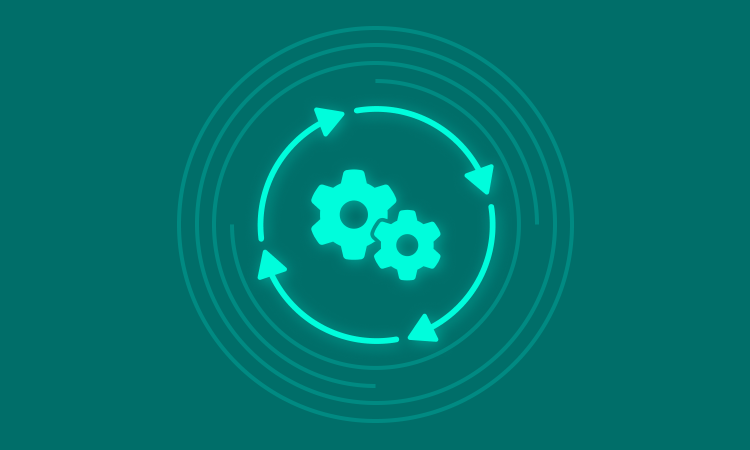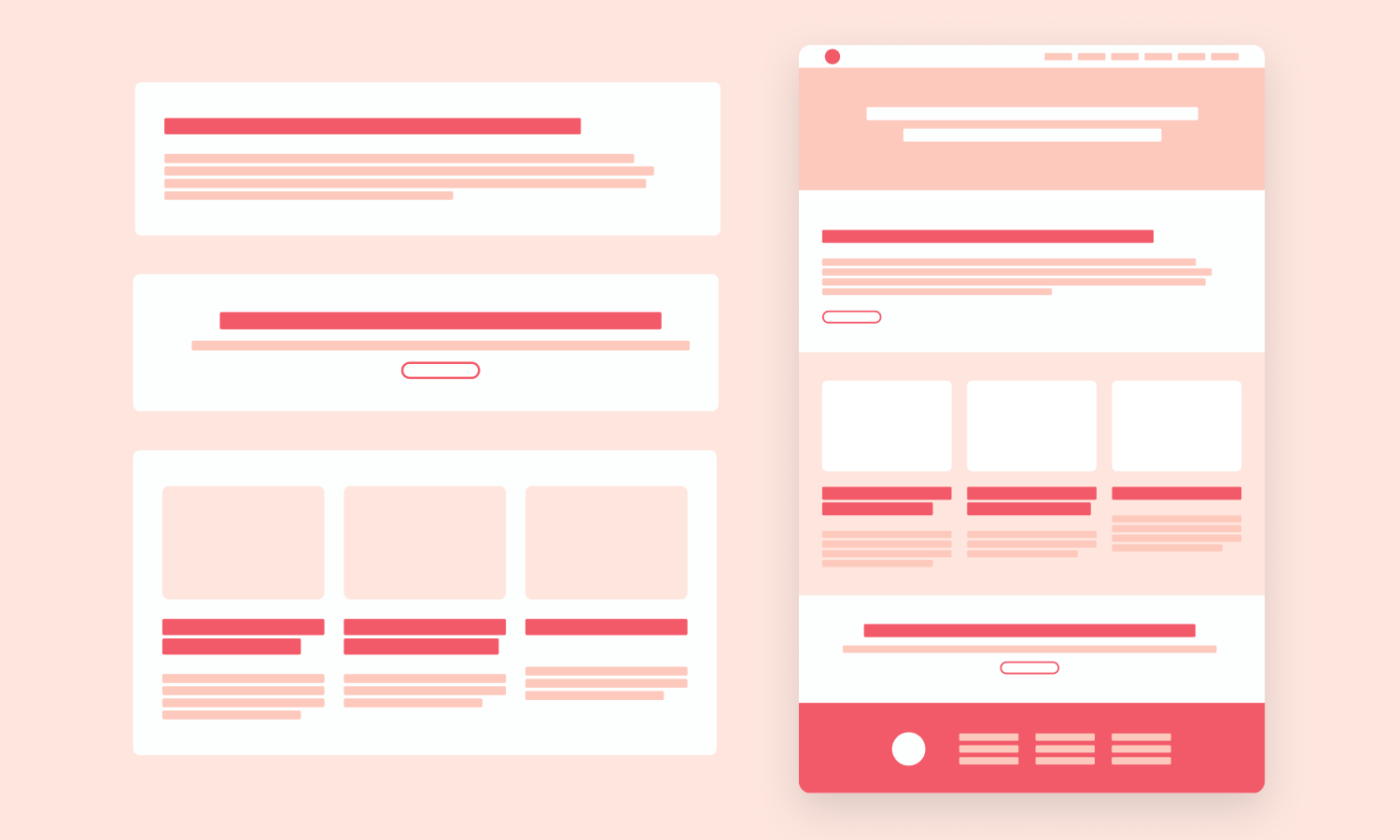Upgrading to Drupal 11 involves careful planning and a solid strategy. Drupal 8 and beyond introduced significant changes and improvements, making the transition to later versions (such as Drupal 9, Drupal 10, and now Drupal 11) more manageable with the right approach. Here’s a guide to help you navigate the upgrade process smoothly and effectively.
The Essential Guide to Upgrading to Drupal 11 and Beyond: Navigating the Evolution with Confidence

Topics
Understanding Drupal Beyond Version 8
Architectural Changes – Evolving Your Site
Drupal 8 introduced various architectural changes, including object-oriented programming and Symfony integration. These enhancements improved site functionality and scalability but also required adjustments to your setup. Subsequent versions, such as Drupal 11, build on these improvements, focusing on modernizing the codebase and enhancing performance and security.
Configuration Management – New Tools for New Tasks
Drupal 8 revamped its configuration management system, making it easier to handle and deploy configurations. This system has become a standard for subsequent versions, streamlining site configuration management regardless of where your updates take you. However, you must adapt your deployment practices to align with these advancements.
Incremental Upgrades: Your Strategy for Success
Update System Dependencies First – Setting the Foundation
Before upgrading Drupal, ensure that all system dependencies—such as PHP, MySQL, and any server configurations—are up-to-date and compatible with the newer Drupal core and contributed modules. For example, updating PHP to the required version is crucial, but you should also ensure that your database version and server settings meet Drupal's requirements. Tools like PHP Compatibility can help you determine if your environment is ready.
Updating these dependencies first isolates potential issues, reduces conflicts, and simplifies troubleshooting during the Drupal upgrade. Addressing system updates early on creates a stable foundation for the upgrade process and minimizes the risk of encountering incompatibilities later.
Address Outdated Contributed Modules
Be sure to review the contributed modules your site relies on to ensure compatibility with the newer version of Drupal. Some modules may need updates or replacements, which can be effectively managed using the Upgrade Status module. This tool scans your site for deprecated code and helps identify modules that require updates, making it easier to plan and prioritize necessary changes.
To minimize risks and avoid complications, it's best to handle these updates in phases rather than attempting a large-scale upgrade all at once. When updating custom modules and themes, address them together and be mindful of any changes in functionality or appearance. Thoroughly test each component to ensure everything works as expected and to catch any unexpected issues before they reach production.
Manage Deprecated Core Modules and Themes
As Drupal evolves, certain core modules and themes may be deprecated or removed. It's essential to identify and address these deprecated elements before proceeding with the upgrade. Look for alternatives or updated versions of these modules and themes to ensure compatibility with the new Drupal version.
Update Custom Modules and Themes
When updating custom modules and themes, ensure compatibility with the new version of Drupal by following these steps:
- Backup and Compatibility Check: First, back up your codebase, database, and files. Then, use the Upgrade Status module to check for deprecated code. Finally, update your custom modules and themes to ensure they work with the latest APIs in the new Drupal version.
- Test in Staging: Perform all updates in a staging environment before deploying to production. This allows you to identify any issues with your custom code and address them without impacting your live site.
Final Step - Update Drupal core
Upgrading Drupal core to the latest version, such as Drupal 11, is the last critical part of the process:
Composer for Core Updates: Use Composer to manage your core update by running:composer require drupal/core-recommended:^11 --update-with-dependencies
composer update
Handling Contributed Module Patches: If a contributed module hasn’t released a Drupal 11-compatible version but has an available patch, you can install composer-drupal-lenient to manage dependency conflicts:composer require mglaman/composer-drupal-lenient
Test In A Staging Environment
- Dry Runs: Perform updates in a staging environment before deploying them to production. This allows you to test changes thoroughly and address any potential issues before they impact your live site.
- Thorough Testing: Focus on critical areas of your site to ensure that the upgrade’s impact is minimal, keeping both your stakeholders and users happy.
- Incremental Updates: If your site is on an older version of Drupal (e.g., Drupal 9), consider upgrading incrementally to a minor version of Drupal 10 before proceeding to Drupal 11 to reduce complexity.
Why Incremental Upgrades Work
Controlled Implementation: Making changes gradually allows you to manage each step carefully, reducing the risk of unforeseen issues. By following this phased approach, you can avoid running into "chicken-and-egg" issues, where certain configurations depend on others being in place first. Careful planning and breaking the process into smaller, manageable steps helps prevent these conflicts, ensuring the overall upgrade process remains smooth and manageable.
Simplified Troubleshooting: Smaller, staged updates make it easier to pinpoint and resolve issues. If problems occur, they are easier to troubleshoot and fix when introduced incrementally.
Reduced Risk: A phased approach mitigates the risks associated with large-scale changes, leading to a more stable and reliable transition. While it may take longer, this method minimizes the potential for significant disruptions and ensures your site remains functional (and you remain stress-free!) throughout the upgrade process.






